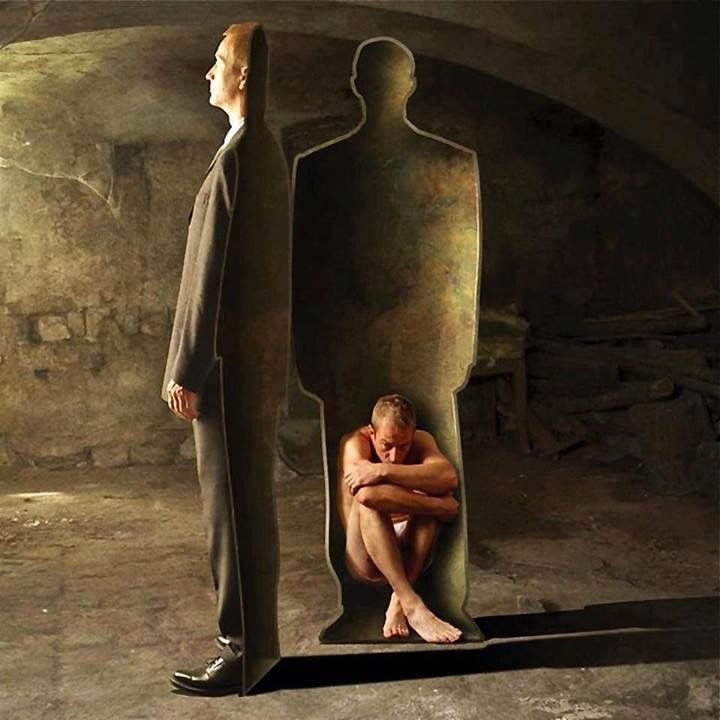This is how Gedi Põder formulated bullying in her book “Õpetaja” (“Teacher”).
Bullying isn’t just in schools; it also exists in workplaces. Workplace bullying is something we accept far too much.
Of course, no one else can make you feel smaller unless you allow it or feel it within yourself. But this already requires quite a significant maturity within ourselves so that we don’t allow ourselves to be bullied.
If you find yourself in such situations, ask yourself: “Why did I let myself be bullied, and what is my first adult step to change something?”
There are two sides to workplace bullying: the bully and the bullied. However, within both resides a wounded child who needs support, attention, and the satisfaction of their deeper needs.
If you find yourself in the role of the bully or the bullied and find it difficult to get out of it, look at that child within yourself and give them the necessary attention. What does the child truly need?
This child is within all of us, whether you are a man or a woman, young or slightly less young. And if you’re struggling to get true contact with your Inner Child, let me know. I might help you as a therapist or mentor.

